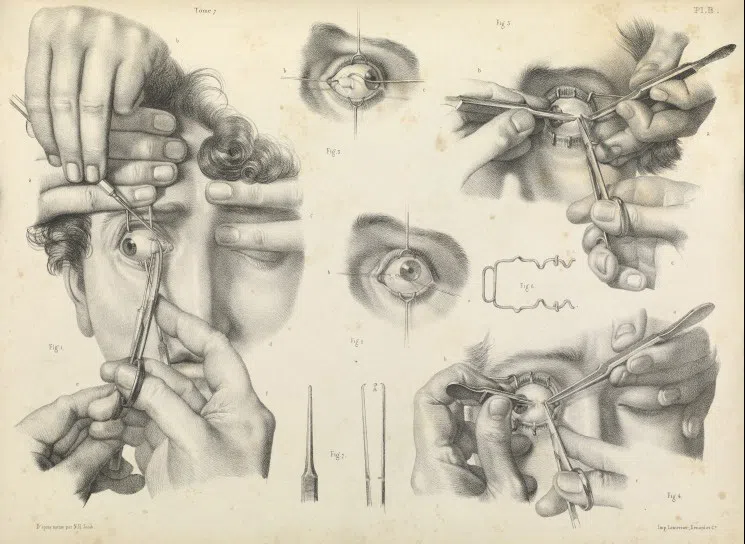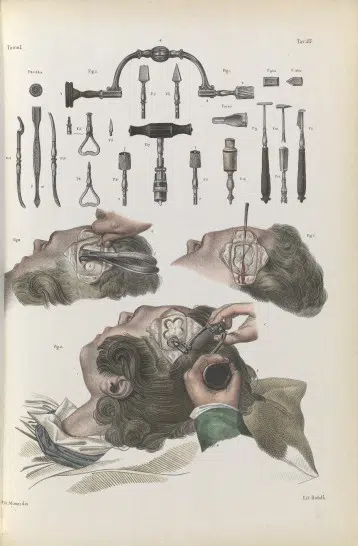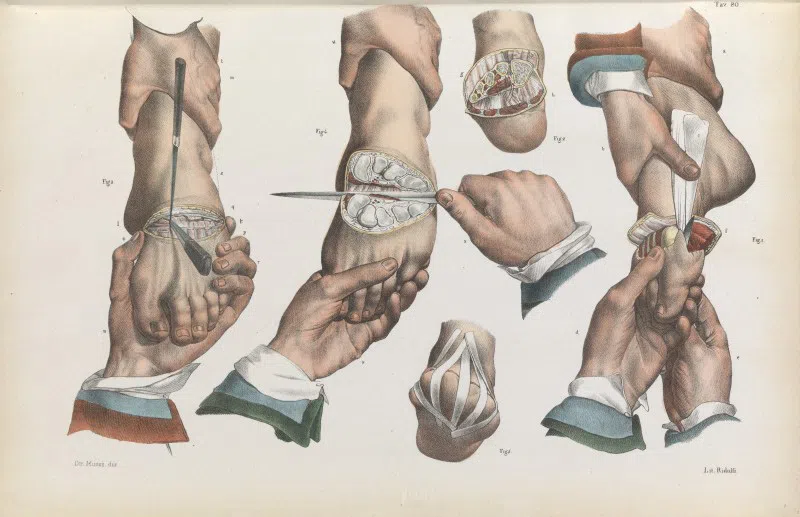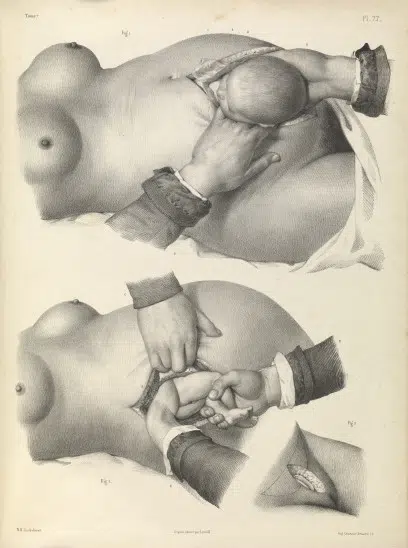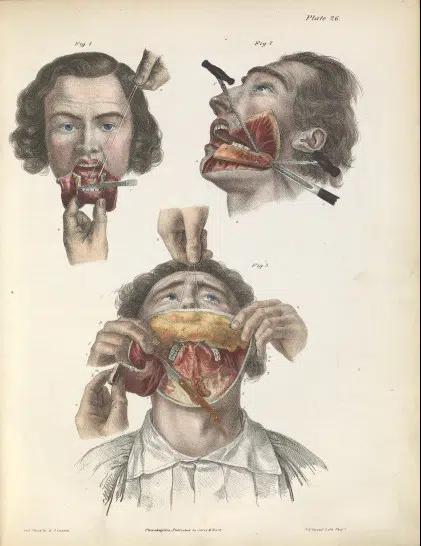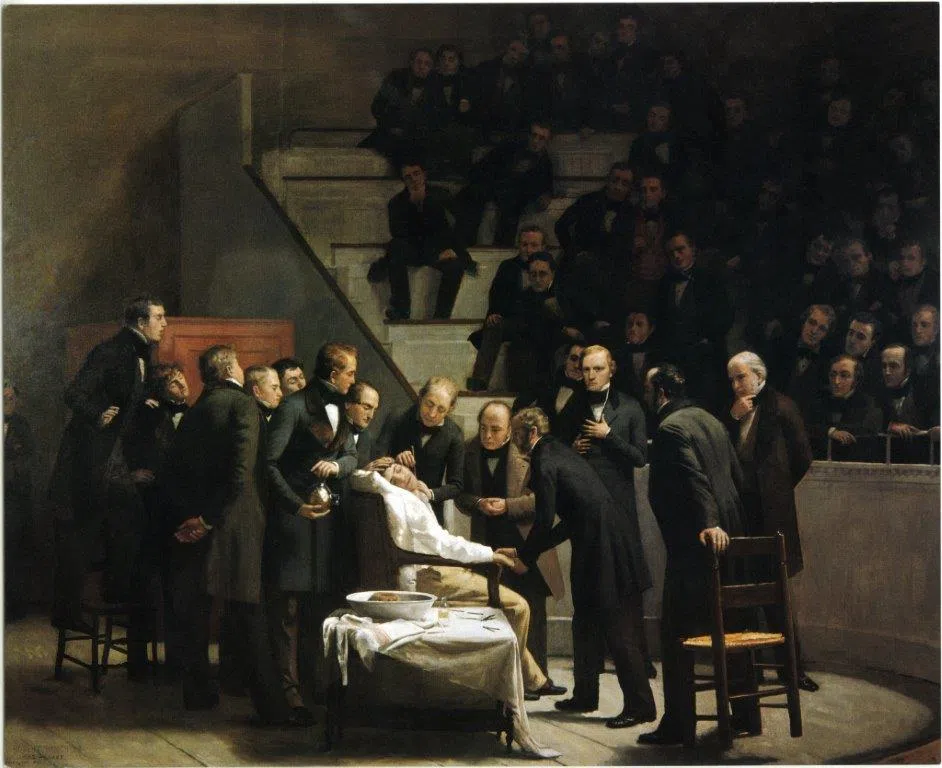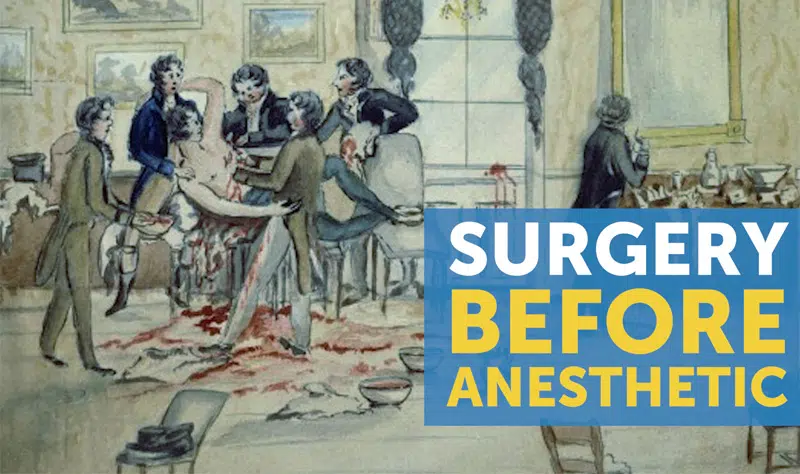
These Illustrations of Surgery Before Anesthetic are Gruesome
Featured in Ripley's Believe It or Not!

Surgery Before Anesthetic
Could you imagine surgery before anesthetic? Anesthetic was one of just a few great breakthroughs in the surgical world. Though doctors had access to painkillers to make their patients’ procedures bearable, patients could feel everything happening.

